The active little Yoyo Loach could just be your pest snail solution
I’ll never forget the first time I saw a Yoyo Loach (Botia almorhae). If you’re tired of seeing the same old tetras and guppies when browsing your local fish shop, then you’ll love the YoYo Loaches curious & intelligent foraging nature.
Then, I saw it—darting under a rock with elegant flair, its zebra-like pattern capturing the light and my attention in one go.
I was hooked, and you will be too. This little digging piggy of a loach loves to dig through your substrate with it’s tentacles snout looking for left over food and snails.
- Related: Rainbow Shark Care Guide 101
- Related: Honey Gourami Care Guide 101
- Related: Black Kuhli Loach
- Related: Need an Algae Cleaner – Hillstream Loach Guide
Table of Contents
Quick Facts:
| Name | Yoyo Loach (Yo-yo Loach) |
|---|---|
| Scientific Name | Botia almorhae |
| Max Size | 6 inches (15 cm) |
| Lifespan | 5-8 years |
| Appearance | Long, slender body with unique dark and light banding |
| Temp | 25-30°C |
| Water Parameters | Soft to moderately hard; pH: 6.5-7.5; dH: up to 12 degrees |
| Compatibility with Other Fish | Community, but avoid slow-moving or long-finned species |
| Community Size | Group of 5 or more |
| Behaviour | Active, social, and somewhat boisterous |
| Lighting | Moderate to dim |
| Feeding | Varied diet—flake, frozen, and live foods |
| Breeding Difficulty | Very challenging, rarely bred in home aquariums |
If you’re after an intelligent, active (very active), and strikingly beautiful fish, the Yoyo Loach is a game-changer. Say goodbye to dull moments in your tank!
Understanding the Yoyo Loach
Identification and Appearance:
I’ve had Yoyo Loaches for over 5 years now as part of the clean-up crew and they never cease to amaze me with their quirky personalities. Unlike other loaches, they’ve got these intricate black and white bands that spell out ‘Yo-Yo’.
Trust me, once you’ve seen one, it’ll be difficult to not bring one home with you!
While very different from the long slender Kuhli Loaches, once you see their little faces they’re instantly recognisable as a member of the loach family.
Natural Habitat:
Originally hailing from slow-moving rivers and streams in Northern India and Pakistan, they’re now widely available in aquarium stores. Knowing there lineage, I always keep my tank’s water flow moderate and add plenty of hiding spots/plants to keep my Yoyo Loaches happy.
Substrate Tip: Since the Yoyo Loaches love to dig in substrate for food and originally come from soft-bed rivers, it’ll unlikely they’ll be happy if you’re using a rock based substrate as this can damage their delicate face sensors (tentacles).
Size and Life Expectancy:
They can grow up to 6 inches, but most tend to stay around the 4-5 inch mark or smaller. With proper care, they can live up to 8 years. My current Yoyo’s are around three years old, and they’re still as active and curious as day one.
Expert Advice: These are social creatures. Always keep them in groups of at least three. You’ll see their personalities shine.
There you have it. If you want a vibrant, intelligent companion in your tank, you can’t go wrong with a Yo-Yo Loach.
Caring for Your Yo-Yo Loach
Diet and Feeding:
I’ve always found Yoyo Loaches to be eager eaters. They relish a varied diet, from flake foods to live treats like bloodworms and brine shrimp.
If you happen to have a pest snail infestation, then you might not need to feed them until the snail numbers have declined as this is their favourite snack.
Expert Tip: They’re bottom feeders, so sinking pellets work wonders. I use them twice a week, and my loaches are thriving.
Water Conditions:
Ideal water conditions are a must if you want to keep these gems healthy. You’re aiming for a pH between 6.0 and 7.5. I use a digital pH meter for spot-on accuracy.
Temperature: Keep the water between 75-80°F (24-27°C). I’ve noticed my loaches are most active at around 77°F.
Social Behaviour and Tank Mates
Community Behaviour:
Yo-Yo Loaches are the life of the aquarium party. They’re social, playful, and get along with most other fish. Mine even play tag with my tetras!
Be Cautious: They might nip at long-finned fish. I learned this the hard way with my first angelfish.
Ideal Tank Mates:
The best fish to keep together with your Yoyo Loaches? In my experience, other loaches, tetras, and rasboras make excellent companions.
Avoid: Aggressive species like cichlids. They’ll stress your loach out and turn them nocturnal.
There you have it. A varied diet, stable water conditions, and the right friends are all a Yo-Yo Loach needs for a happy, healthy life. Trust me, add a Yo-Yo Loach to your aquarium, and you’re in for a joyful, fascinating experience.
Yoyo Loaches & Snails
Snail Problem? Meet Your Solution:
If your tank has been overtaken by snails, Yo-Yo Loaches are your knights in shining armour. I was stunned the first time I saw a Yo-Yo Loach in action—within days, my snail problem was history.
How They Do It:
They use their specialized mouthparts to extract snails from their shells. It’s fascinating to watch.
Consider the Snail Species:
Some snails are beneficial, helping with algae control. Be mindful of which snails you want gone and which you’d like to keep.
First-hand tip: Yo Yo Loaches aren’t picky eaters. If you’ve got snails you want to keep, separate them first. I learned this the hard way with some of my baby Nerite snails. They’ll leave larger snails alone.
A Balanced Approach:
Yoyo Loaches are effective, but remember, snails often overpopulate due to excess food. Cut back on feeding if you notice a snail explosion.
Quick Fact: Yo-Yo Loaches native habitats often contain snails, which contribute to their natural diet. Mimic this, and you’ve got a happy, more naturalistic tank environment.
Breeding and Reproduction
Sexing Your Yo-Yo Loach:
Determining the sex of a Yo-Yo Loach is a bit tricky. Females generally have a plumper body, especially when ready to breed. I use a torchlight to illuminate their bodies; it makes the difference quite obvious.
Breeding Conditions:
Getting Yo-Yo Loaches to breed is no walk in the park. They require specific water conditions. Soft, acidic water is your best bet. I’ve had success by simulating a rainy season: reducing the temperature a bit and performing partial water changes.
Remember: Secure a separate breeding tank. The main tank is too bustling for successful spawning.
Potential Health Issues with Yo Yo Loaches
Common Diseases:
Ich is a common issue. If you see white spots on your Yo-Yo Loach, treat the whole tank immediately. I prefer herbal remedies; they’re less harsh than chemicals.
First-hand tip: Garlic-infused food boosts the loach’s immune system. My loaches haven’t had Ich since I started this practice.
Parasites:
Occasionally, these guys can pick up internal parasites. Keep an eye on their faeces; white and stringy is a red flag.
My Solution: You’ll want to look for an Anti-wormer & fluke medicine from your local fish store. Unfortunately, since they love snacking on snails, they’re more susceptible to catching parasites again.
Water Quality:
The Yoyo Loaches are quite hardy in my experience. You needn’t worry about small changes in water quality.
Final Thoughts – Should I add Yo Yo Loaches to my Aquarium?
Yo-Yo Loaches are an absolute joy to keep—lively, unique, and relatively easy to care for, once you know how.
Unlike some of the other suggestions for fish that eat snails, you have a very high chance with the Yoyo Loaches that they’ll have a taste for the little shelled pests.
Your aquarium will never be the same again. Trust me, you won’t regret it!
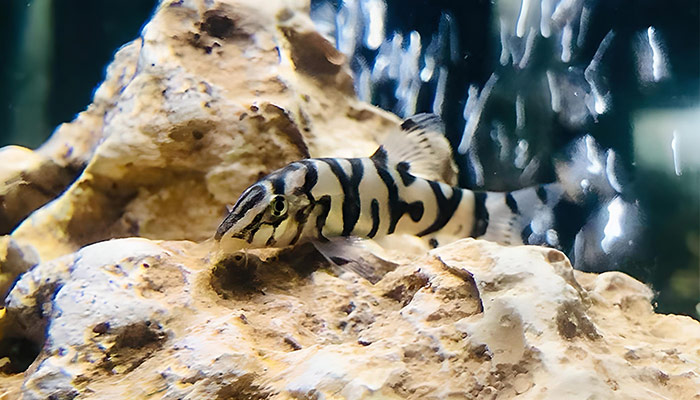
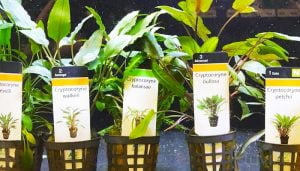
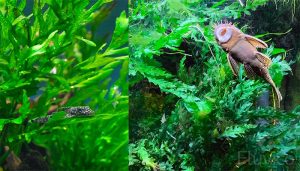
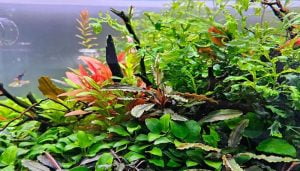

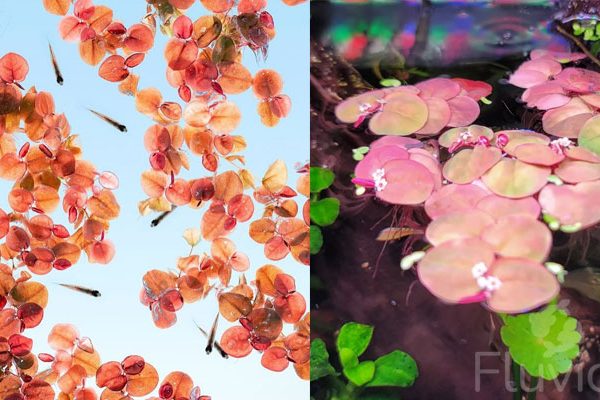


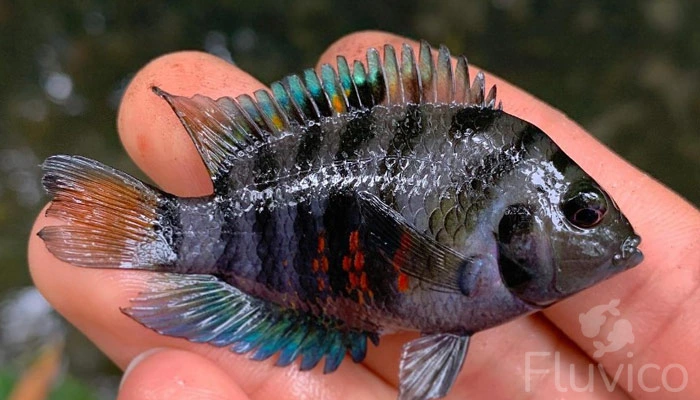
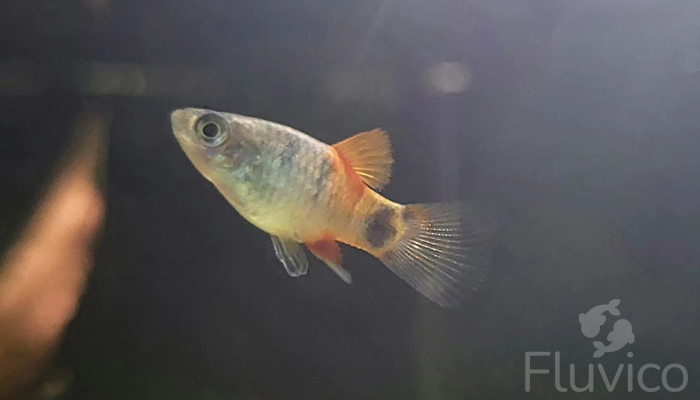
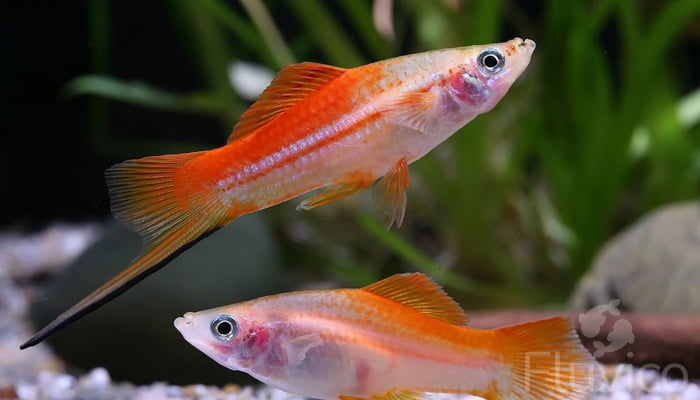
Leave a Comment